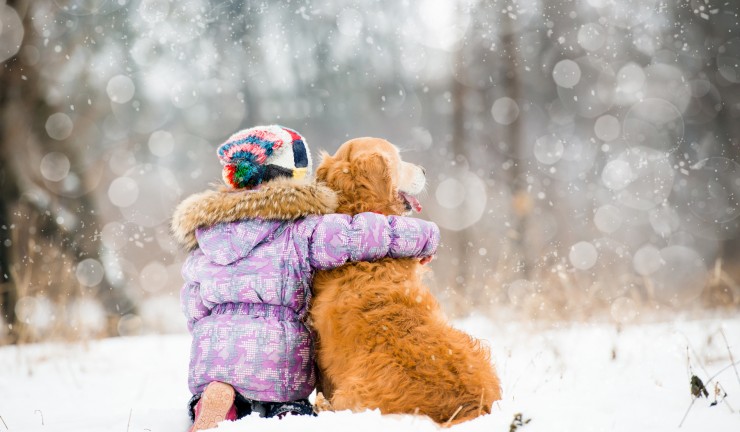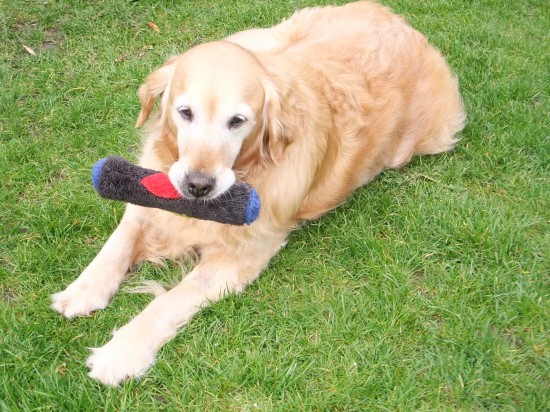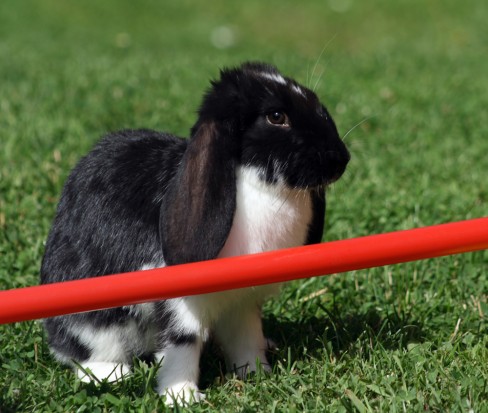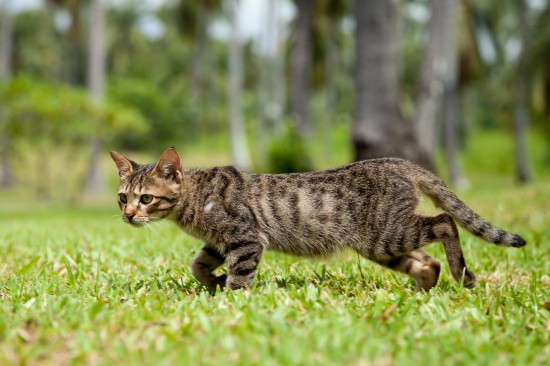
What do you think is the role of your Great Dane in your life? Is he one among your many possessions that you can get rid of anytime you want? Or do you consider him as part of your family? Dogs, rega...
What do you think is the role of your Great Dane in your life? Is he one among your many possessions that you can get rid of anytime you want? Or do you consider him as part of your family? Dogs, regardless of breed, are now commonly regarded as part of the family. They are loved, cared and pampered just like a mother to her children. There is really nothing wrong about it. In fact, these creatures deserve to be loved, cared and pampered after all the happiness and companionship they offer you. However, too much of these things aren't good anymore when problems arise. Probably some might wonder how problems could arise because of too much love and all the good things a dog really wants.
Relationship between owner and pet is sometimes taken to a level that is not healthy anymore. This results to behavioral disease called separation anxiety. Canine separation anxiety occurs when a dog is separated from the person he is attached to. This usually happens to dogs that are strongly attached to their owners. This also happens to adopted dogs from animal shelters because of the fear of being abandoned again. Separation anxiety is also common in older dogs who, because of old age, lose their sensory perception (hearing and sight) and that they become more dependent on their owners.
Symptoms of separation anxiety
- Destructive behaviors such as chewing or furniture and pillows and scratching and digging at doors and windows
- Urinating and defecating in unacceptable locations within a short time when the owner leaves the home without the dog
- Obsessively following owner from room to room
- Distress vocalization such as howling, barking, screeching and/or whining
- Alertness to owner's every move and may whimper, shake or even become aggressive when the owner tries to leave
- Loss of appetite
- Attempting to escape enclosure such as crate, room or apartment
- Psychosomatic disorders such as diarrhea, vomiting and excessive coat licking
Separation anxiety is different from aggression. But just like in aggression, punishment is not an effective way to treat separation anxiety. In fact, it increases your dog's separation anxiety. When you see that your dog did something or acted something unacceptable upon your return, talk to him slightly disappointedly. Remember that spanking and yelling won't do any good.
Owner should keep both farewell and return greetings very low-key. Ignore your dog for a few minutes before leaving and upon arrival. Another effective thing that you should do is to change your habits before leaving. Do something different from your routine like turning the radio or television on. You can also give your Great Dane toy especially those designed to entertain your pet while you're out.
One more effective strategy to help you deal with the problem is to take your Great Dane for a walk before you leave. Walking is good not just in dealing with separation anxiety but will also give you and your dog time to enjoy each others company.
Article Tags: Great Dane, Separation Anxiety
 Health Dangers For Dogs Over The Festive Season
Health Dangers Fo
Health Dangers For Dogs Over The Festive Season
Health Dangers Fo
 The Life Of A Rescue Dog And Puppy
The Life Of A Res
The Life Of A Rescue Dog And Puppy
The Life Of A Res
 Eight Of The Best Cat Breeds For Families With Kids
Eight Of The Best
Eight Of The Best Cat Breeds For Families With Kids
Eight Of The Best
 Rabbit Agility - Teaching Your Rabbit Tricks
Rabbit Agility -
Rabbit Agility - Teaching Your Rabbit Tricks
Rabbit Agility -
 The Origins Of Our Feline Friends - Cats
The Origins Of Ou
The Origins Of Our Feline Friends - Cats
The Origins Of Ou
Copyright © 2005-2016 Pet Information All Rights Reserved
Contact us: www162date@outlook.com